Benedict
✅ Gout prevention
✅ Reduce uric acid
✅ Kidney stone prevention
✅ Enhance antibiotic effectiveness
✅ Manage hyperuricemia
Bencid contains Probenecid.
Product Overview
Bencid is a pharmaceutical formulation containing Probenecid (500mg) as its active ingredient. Presented in tablet form, this medication is primarily indicated for the management of gout and specific renal calculi. The therapeutic action of Probenecid involves enhancing urinary excretion of uric acid, thereby mitigating urate crystal deposition in articular structures and renal tissue. This mechanism provides symptomatic relief in gout while inhibiting the genesis of new nephroliths.
Clinical Indications
The principal therapeutic application of Bencid encompasses:
– Management and prophylaxis of gouty arthritis
– Prevention of uric acid nephrolithiasis
The medication achieves these effects through uricosuric action, effectively reducing serum urate concentrations and consequent crystal-induced arthropathy.
Administration Protocol
Oral administration guidelines:
1. Consume with 240mL of water
2. Dosage frequency: 2-4 times daily
3. May be administered with or without alimentation (concomitant food intake recommended for gastric tolerance)
4. Tablets must be swallowed intact; mastication or fragmentation is contraindicated
Mechanism of Action
Probenecid exerts its pharmacologic effects through:
1. Competitive inhibition of URAT1 transporters in proximal renal tubules
2. Impairment of tubular urate reabsorption
3. Enhancement of urinary uric acid clearance
This tripartite action results in decreased serum urate levels, facilitating dissolution of existing tophi and preventing new crystal formation.
Posology
Therapeutic regimens:
– Gout management: Initial dose 250mg BID, titrated gradually to therapeutic response (max 2g/day)
– Nephrolithiasis prophylaxis: Typically lower maintenance doses
Critical considerations:
– Maintain therapeutic compliance even during asymptomatic periods
– Hydration status must be optimized (minimum 2L fluid intake daily)
Therapeutic Advantages
Key clinical benefits include:
1. Effective urate level reduction
2. Decreased gout flare frequency/severity
3. Prophylaxis against uric acid calculi
4. Generally favorable tolerability profile
The medication serves as an integral component in comprehensive metabolic management of hyperuricemic conditions.
Adverse Effects
Commonly reported reactions:
– Gastrointestinal: Nausea (12-18%), epigastric distress (8-15%)
– Neurological: Cephalgia (5-8%), vertigo (3-5%)
– Metabolic: Anorexia (2-4%)
These typically demonstrate temporal resolution with continued therapy. Persistent or severe manifestations warrant medical evaluation for potential dose adjustment or alternative therapy.
Precautions
Special populations requiring vigilance:
– Renal impairment (CrCl <30mL/min)
- History of peptic ulceration
- Hematologic disorders
Important considerations:
- Ethanol consumption is contraindicated
- Concomitant medications requiring evaluation for potential interactions
- Regular serum urate monitoring recommendedStorage Specifications
Optimal conservation parameters:
– Temperature: 15-30°C
– Humidity: <60%
- Protection from light exposure
- Secure storage away from pediatric access
- Discard expired preparations (potency not guaranteed beyond expiration)Medical Disclaimer
The information provided herein represents curated medical knowledge intended for educational purposes only. This content:
– Does not substitute professional medical advice
– May not encompass all potential adverse effects
– Cannot account for individual patient variables
We strongly advocate for maintained physician-patient dialogue regarding all therapeutic decisions. This resource aims to supplement, not replace, personalized medical counsel.
| Strength | 500 mg |
|---|---|
| Quantity | 30 Tablet/s, 60 Tablet/s, 90 Tablet/s, 180 Tablet/s |
 Benedict
Benedict










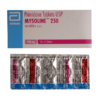
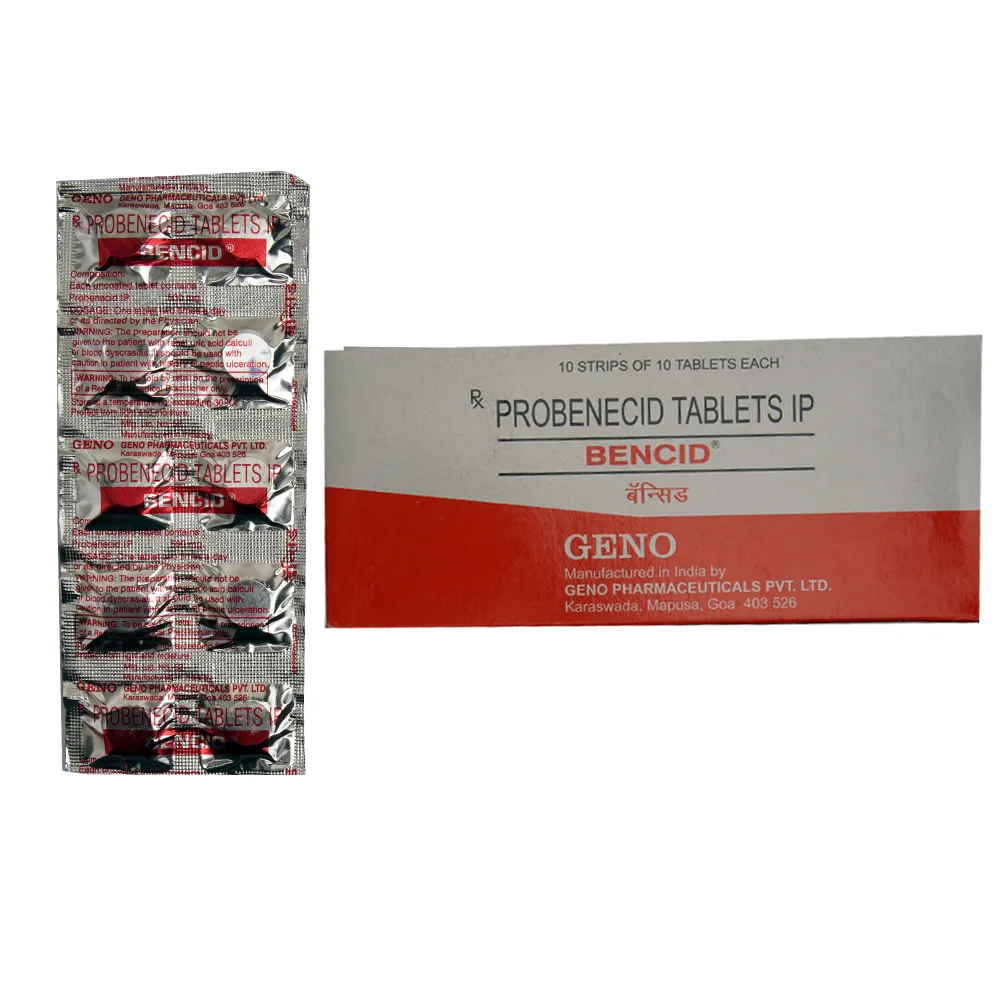
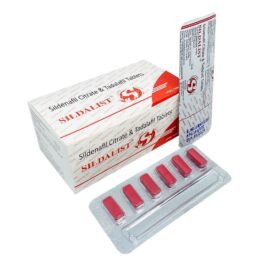
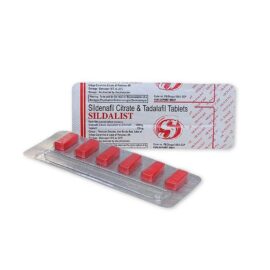
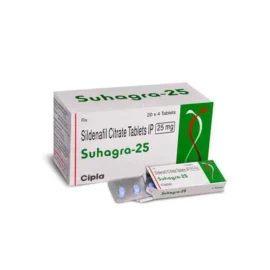
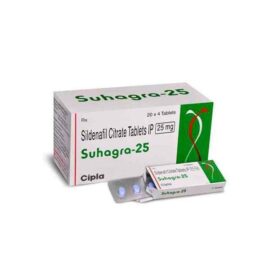
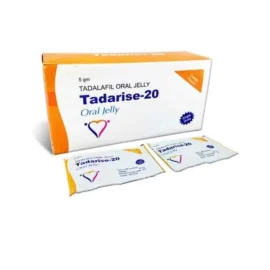
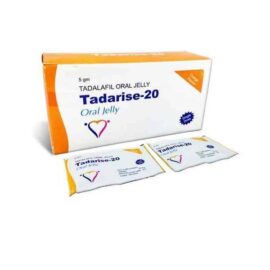
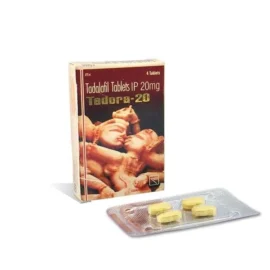

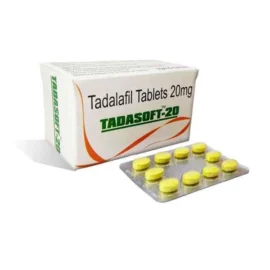
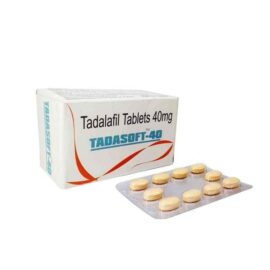
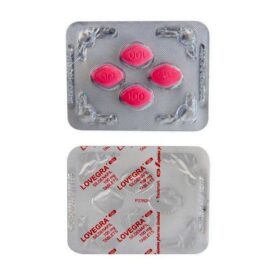

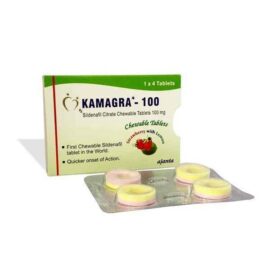
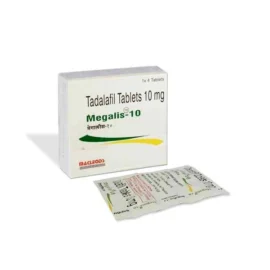
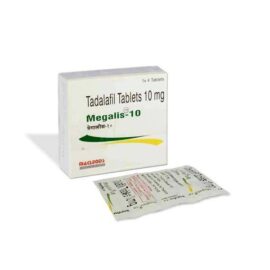
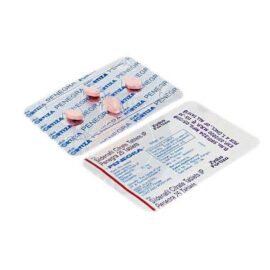
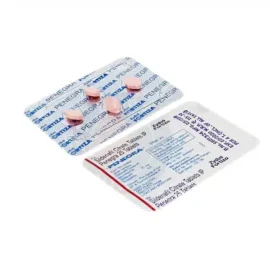
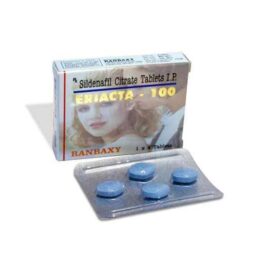
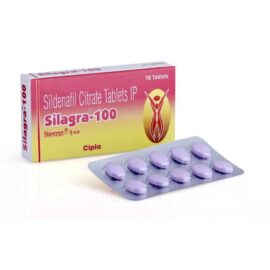
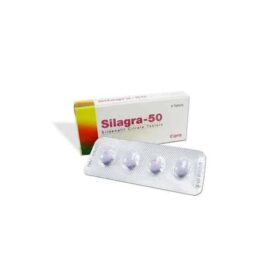
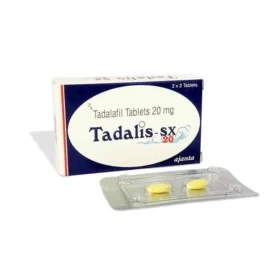
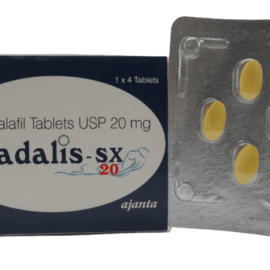
Reviews
There are no reviews yet